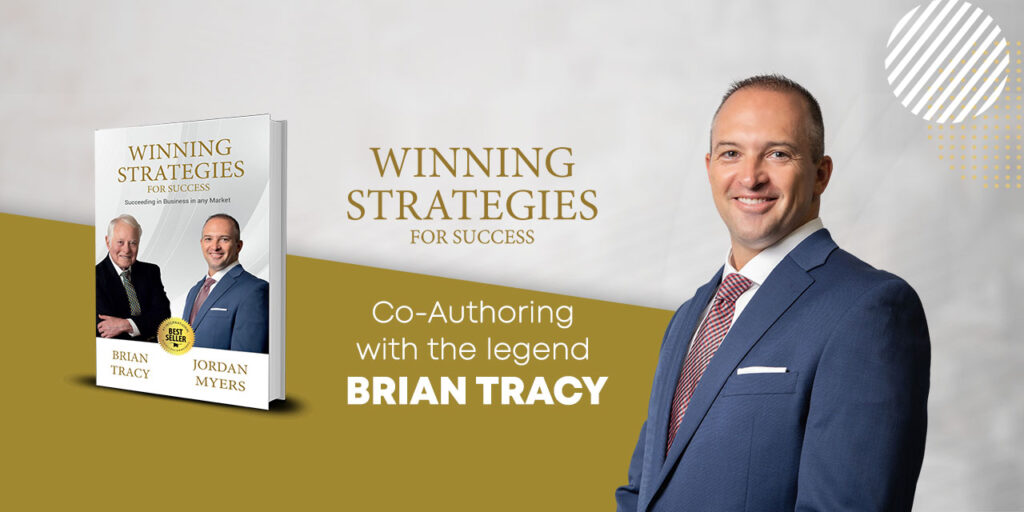Post Date: April 3, 2024

In the dynamic landscape of sales, the ability to understand and address customer needs is paramount. Effective communication serves as the linchpin in unraveling the intricacies of those needs, paving the way for successful transactions and lasting relationships. This article explores the art of effective communication in sales, highlighting its role in deciphering customer needs and providing actionable strategies for sales professionals. Welcome to the world of customer-centric selling through effective communication.
1: The Foundation of Customer-Centric Sales
1.1 The Customer-Centric Approach:
In the era of evolving consumer preferences, the customer-centric approach stands tall. It signifies a paradigm shift from a product-centric to a customer-centric mindset, placing the customer’s perspective at the core of sales strategies. By aligning sales efforts with customer needs, businesses can foster loyalty and achieve sustained success.
1.2 The Power of Understanding Customer Needs:
Understanding customer needs is the bedrock of successful sales. When businesses grasp the unique challenges, desires, and pain points of their customers, they can tailor their offerings to meet those needs. This section delves into how customer satisfaction and loyalty are natural byproducts of a sales process rooted in understanding and addressing customer needs.
2: Effective Communication Techniques in Sales
2.1 Active Listening:
Active listening emerges as a cornerstone of effective communication. By immersing oneself in the customer’s words, tone, and body language, sales professionals can glean valuable insights into their needs. Practical tips for enhancing active listening skills, such as maintaining eye contact and paraphrasing, empower sales teams to connect with customers on a deeper level.
2.2 Asking Probing Questions:
The art of asking probing questions serves as a gateway to uncovering deeper customer needs. Open-ended questions encourage customers to articulate their challenges and desires, providing sales professionals with the information necessary to tailor solutions effectively. Balancing curiosity with respect for the customer’s comfort is key in this artful process.
3: Tailoring Solutions to Customer Needs
3.1 Customizing Sales Pitches:
Tailoring sales pitches to address specific customer needs amplifies the effectiveness of the sales process. By showcasing how a product or service directly meets the customer’s requirements, sales professionals create a personalized and compelling value proposition. This section explores the benefits of customization and how market research contributes to crafting solutions that resonate with customers.
3.2 Building Value through Solutions:
The concept of value-based selling takes center stage. Aligning product features with customer needs creates a compelling value proposition that goes beyond mere transactions. Real-world examples will illustrate how businesses effectively communicated the value of their solutions, creating a narrative that resonates with the customer’s unique situation.
4: Overcoming Communication Challenges in Sales
4.1 Navigating Cultural and Language Barriers:
In the global landscape of sales, cultural and language differences pose unique challenges. This section acknowledges these challenges and provides strategies for effective communication in diverse cultural and linguistic contexts. Success stories will highlight businesses that have successfully navigated these barriers, emphasizing the importance of cultural sensitivity.
4.2 Addressing Miscommunications and Misunderstandings:
Even with the best intentions, miscommunications can occur. This section recognizes the inevitability of misunderstandings and provides strategies for promptly addressing and resolving them. Examples will showcase businesses that turned miscommunications into opportunities for stronger customer relationships, emphasizing the role of transparency and quick resolution.

Conclusion:
Effective communication is the golden thread that weaves through successful sales endeavors. By embracing a customer-centric approach and mastering communication techniques, sales professionals can uncover and address customer needs, paving the way for long-term success.
Reflect on your own communication strategies in sales. Consider how you can further refine your approach to better understand and address customer needs. Share your experiences and insights into the impact of effective communication on your sales journey.
FAQs:
Q1: Can effective communication in sales be learned or is it an innate skill?
A1: Effective communication in sales is a skill that can be developed and refined. While some individuals may have a natural inclination, training, practice, and a commitment to learning can significantly enhance communication abilities in a sales context.
Q2: How can sales professionals adapt their communication style to different customer personalities?
A2: Adapting to different customer personalities involves a combination of active listening, empathy, and flexibility. Sales professionals can tailor their communication style by observing customer cues, understanding preferences, and adjusting their approach to suit individual personalities.
Q3: Is effective communication equally crucial in both B2B and B2C sales?
A3: Yes, effective communication is crucial in both B2B and B2C sales. In B2B, it involves understanding organizational needs, while in B2C, it’s about connecting with individual customers. Regardless of the context, successful sales hinge on clear and meaningful communication that addresses customer needs.





